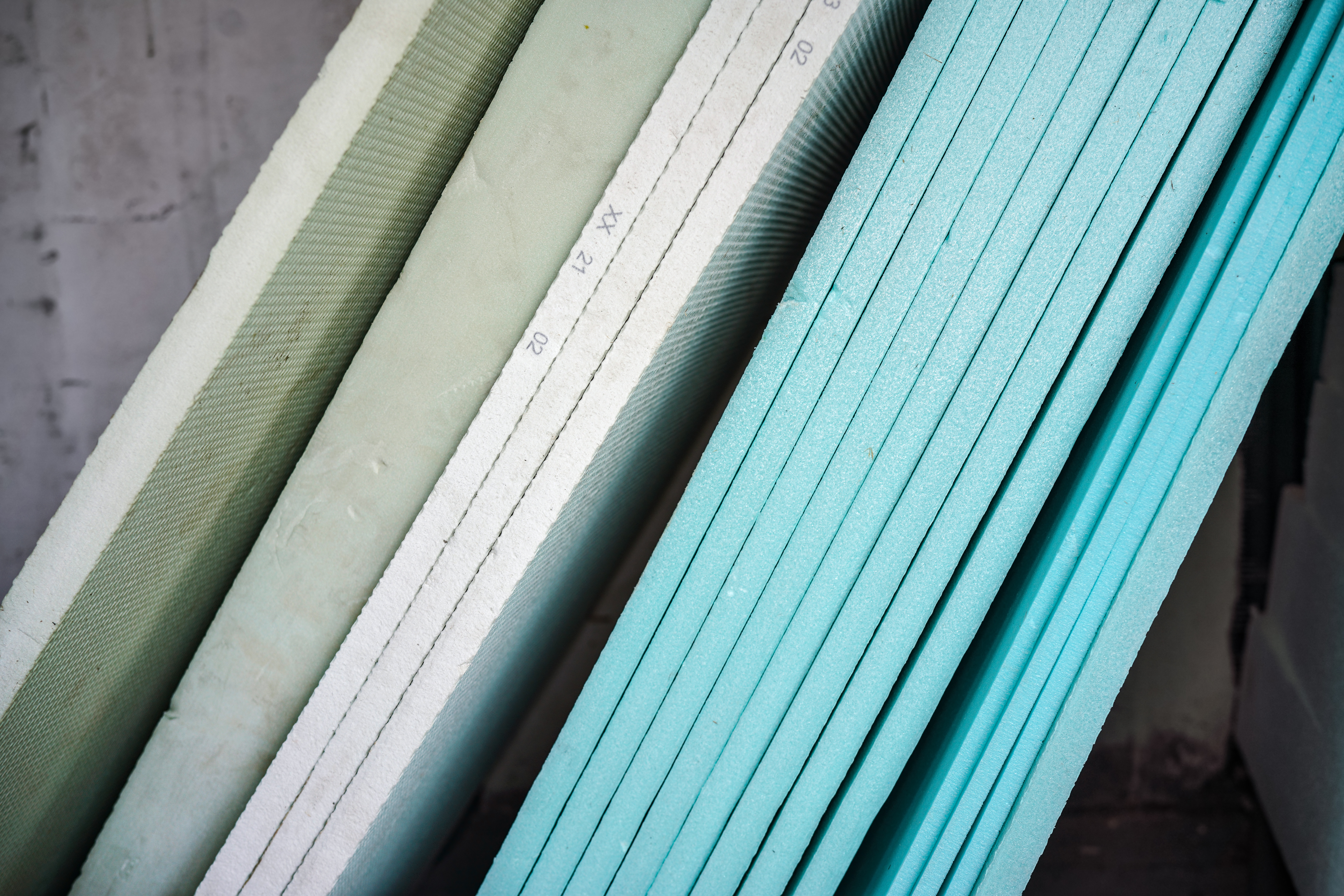Cyclopentane: Driving Efficiency in Insulation and Refrigeration


Cyclopentane has become the foam blowing agent of choice for both construction and refrigeration industries. With a global search volume approaching a million per month, interest is rising — and for good reason.
Cyclopentane is a hydrocarbon widely used as a foam blowing agent in polyurethane insulation foams. It can also be utilized in combination with co-blowing agents such as Trans 1,2 Dichloroethylene and methyl acetate to realize improved thermal resistivity and higher R-values.
In commercial and residential construction, energy-efficient insulation is no longer optional — it’s essential. Cyclopentane-based foams deliver:
Refrigeration systems, from household refrigerators to large commercial units, rely on insulation that balances performance with safety. Cyclopentane blends with Trans 1, 2 Dichloroethylene provide:
From construction sites to supermarket aisles, cyclopentane powers the next generation of insulation and refrigeration. For builders and manufacturers, the right blowing agent isn’t just about compliance, it’s about performance, efficiency, and long-term sustainability.
Learn more about Diversified CPC’s high-purity Cyclopentane solutions.